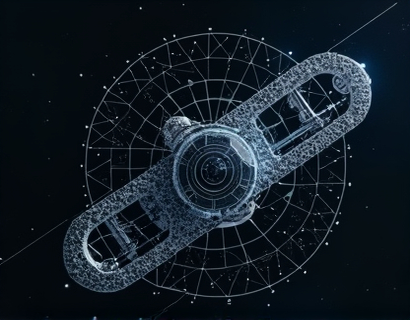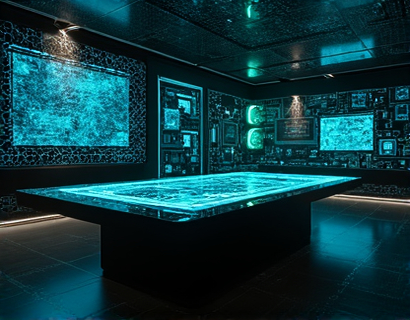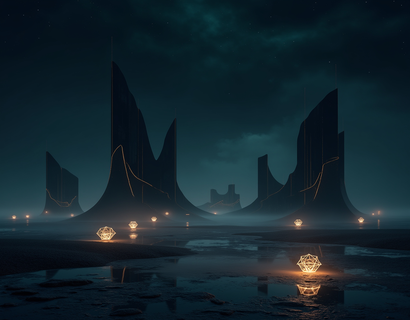Unlocking Ancient Wisdom: A Modern Guide to Historical Insights and Cultural Heritage
In an era where the pace of life often overshadows the richness of our past, there is a profound need to reconnect with the ancient wisdom and cultural heritage that have shaped our world. This comprehensive guide aims to bridge the gap between historical insights and modern understanding, offering a deep dive into the treasures of human history. Whether you are a history enthusiast, a cultural explorer, or simply someone seeking to broaden your knowledge, this guide will provide valuable insights and a renewed appreciation for the civilizations that have come before us.
The journey into ancient wisdom begins with an understanding of the civilizations that laid the foundations of modern society. From the grandeur of ancient Egypt to the philosophical prowess of Greece and Rome, each culture has left an indelible mark on the world. These civilizations were not just historical footnotes; they were the architects of knowledge, art, governance, and spirituality that continue to influence us today.
Ancient Civilizations: Pillars of Modern Society
Ancient Egypt, with its monumental architecture and intricate hieroglyphs, offers a window into a society that valued both the divine and the practical. The pyramids, temples, and tombs are testaments to their engineering and artistic skills. Beyond the physical structures, Egyptian society was deeply rooted in a complex religious system that integrated the natural world with the divine, a concept that continues to fascinate and inspire.
Moving east, ancient Mesopotamia, often referred to as the cradle of civilization, gave birth to some of the world's earliest urban centers. The Sumerians, Babylonians, and Assyrians developed writing systems, legal codes, and sophisticated irrigation techniques. The Epic of Gilgamesh, one of the earliest known works of literature, provides insights into their values, beliefs, and daily life. These early innovations in governance, law, and literature have had a lasting impact on human civilization.
In the Indus Valley, the Harappan civilization flourished with its advanced urban planning and water management systems. The precise layout of cities like Mohenjo-Daro and Harappa, along with their sophisticated drainage and irrigation networks, demonstrate a level of sophistication that was unmatched at the time. The mysterious script of the Harappans remains a subject of intrigue, offering clues to a culture that was both advanced and enigmatic.
Philosophical and Spiritual Legacy
The ancient Greeks and Romans are often celebrated for their contributions to philosophy, politics, and the arts. Greek philosophers like Socrates, Plato, and Aristotle laid the groundwork for Western philosophy, exploring questions of ethics, metaphysics, and politics. Their ideas continue to influence modern thought, from political theory to ethics and beyond. The Roman Empire, building on Greek achievements, expanded these concepts through a pragmatic approach to governance and law, creating a legal framework that underpins many modern legal systems.
Eastern philosophies, such as Buddhism and Confucianism, offer profound insights into the human condition. Buddhism, founded by Siddhartha Gautama (the Buddha), teaches the path to enlightenment and the cessation of suffering. Its principles of mindfulness, compassion, and non-attachment have gained global popularity, offering a spiritual alternative to materialism. Confucianism, with its emphasis on moral virtue, social harmony, and filial piety, has shaped East Asian societies for millennia, influencing everything from education to governance.
Art and Architecture: Windows into the Past
The art and architecture of ancient civilizations provide a visual narrative of their values, beliefs, and daily life. Egyptian art, with its stylized and symbolic representations, reflects a society that revered the afterlife and the divine. The intricate carvings and paintings in tombs and temples tell stories of gods, pharaohs, and everyday people, offering a glimpse into a world both familiar and alien.
Greek and Roman art and architecture are renowned for their realism and grandeur. Greek sculptures, such as the Discus Thrower (Discobolus), exemplify the pursuit of ideal beauty and human form. Roman architecture, with its arches, domes, and aqueducts, showcases engineering prowess and a desire to create lasting structures. The Colosseum and the Pantheon stand as testaments to Roman ingenuity and cultural ambition.
In the East, the art and architecture of ancient India and China reveal a different aesthetic sensibility. Indian temple architecture, with its intricate carvings and towering spires, is a testament to the devotion and craftsmanship of its builders. Chinese architecture, from the Great Wall to the Forbidden City, demonstrates a harmonious integration of nature and human creation, reflecting the principles of balance and order.
Daily Life and Social Structures
Understanding the daily life and social structures of ancient civilizations provides a more holistic view of their societies. In ancient Egypt, the social hierarchy was rigid, with the pharaoh at the top, followed by nobles, priests, scribes, artisans, and peasants. Daily life for the common people involved agriculture, craftsmanship, and religious rituals. The annual flooding of the Nile was crucial for agriculture, and festivals and ceremonies played a significant role in community life.
In ancient Greece, society was divided into citizens, metics (foreign residents), and slaves. Citizens, particularly in Athens, participated in democracy, attending assemblies and serving on juries. The agora, the central public space, was the heart of social and political activity. Daily life included philosophical discussions, athletic competitions, and theatrical performances, reflecting a society that valued intellectual and physical excellence.
Roman society was more stratified, with a clear division between the patricians (aristocracy) and the plebeians (commoners). The Roman Empire was vast, and its cities were centers of commerce, culture, and governance. Public baths, theaters, and forums were central to social life, providing spaces for relaxation, entertainment, and political discourse. Slavery was an integral part of Roman society, with slaves performing a wide range of tasks from domestic service to manual labor.
Preserving and Interpreting Ancient Knowledge
The preservation and interpretation of ancient knowledge are crucial for understanding our shared heritage. Archaeological excavations, scholarly research, and technological advancements have greatly enhanced our ability to study and appreciate ancient cultures. Digital tools, such as 3D modeling and virtual reality, allow us to reconstruct ancient sites and artifacts, making them accessible to a global audience.
Museums and cultural institutions play a vital role in preserving and displaying ancient artifacts. They provide educational programs and exhibitions that bring the past to life, fostering a deeper connection with history. Academic journals and books continue to expand our knowledge, offering new insights and interpretations of ancient texts and artifacts.
However, the challenge lies in ensuring that this knowledge is not only preserved but also made accessible to a broad audience. Bridging the gap between experts and the general public is essential for a more inclusive and informed society. This guide aims to contribute to this effort by providing a comprehensive overview of ancient wisdom and cultural heritage, accessible to all who are curious about our shared past.
Conclusion: Embracing the Past to Shape the Future
Unlocking ancient wisdom and cultural heritage is not just an academic pursuit; it is a journey that enriches our understanding of ourselves and our world. By exploring the achievements and values of past civilizations, we gain valuable insights that can inform and inspire our present and future. Whether through the grandeur of ancient architecture, the depth of philosophical thought, or the simplicity of daily life, the lessons of the past continue to resonate today.
As we navigate the complexities of the modern world, drawing on the wisdom of ancient cultures can provide a sense of continuity and purpose. It reminds us of the enduring human spirit and the universal quest for meaning, connection, and progress. By embracing this heritage, we honor the past while building a more informed and compassionate future.










































